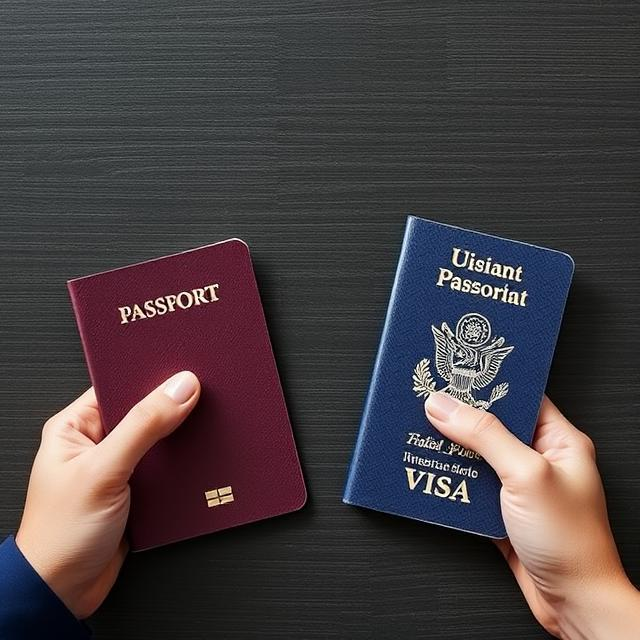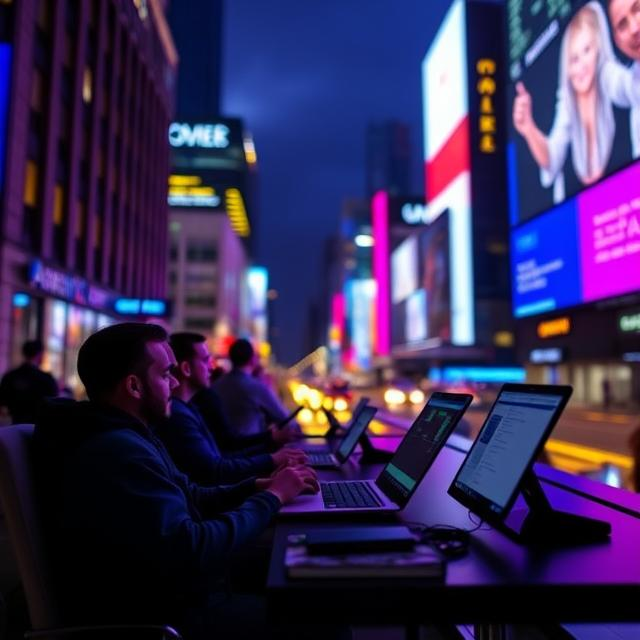When applying for visa sponsorship, it’s essential to approach the process with care and precision. Mistakes in your application or during the interview process can reduce your chances of getting the sponsorship you need. Here are some common mistakes to avoid:
1. Not Researching Visa Requirements
- Mistake: Failing to understand the specific visa requirements for the country you’re applying to can lead to wasted time and missed opportunities.
- Why it’s important: Different countries have different visa processes, documentation, and criteria for sponsorship. For example, the U.S. H-1B visa has specific educational and work experience requirements.
- What to do: Research the visa process for the specific country you want to work in. Ensure that you meet the minimum qualifications and that the job you’re applying for aligns with the visa category you’re pursuing.
2. Not Clearly Indicating Your Need for Visa Sponsorship
- Mistake: Sometimes, applicants forget to clearly state that they require visa sponsorship, or they assume the employer already knows.
- Why it’s important: Employers may not want to spend time figuring out if you need sponsorship. If you don’t mention it upfront, they might dismiss your application early.
- What to do: Always mention in your cover letter or resume that you are looking for visa sponsorship. You can also include this information in your professional summary or in the job application itself, especially if the listing doesn’t explicitly ask for it.
3. Applying for Jobs That Aren’t Eligible for Sponsorship
- Mistake: Applying for jobs at companies or in industries that don’t typically sponsor work visas.
- Why it’s important: Not all companies are willing or able to sponsor visas, especially for entry-level positions or roles in industries with less demand for foreign workers.
- What to do: Look for companies with a track record of sponsoring visas or industries that are in high demand for skilled workers (e.g., tech, healthcare, finance). Use job portals that specifically list visa sponsorship opportunities.
4. Submitting Generic Applications
- Mistake: Sending out a one-size-fits-all resume and cover letter for every job, without tailoring your materials to the specific role or employer.
- Why it’s important: Tailored resumes and cover letters show the employer that you’ve taken the time to understand the role and company, increasing your chances of standing out. Generic applications may come across as unprofessional or uninterested.
- What to do: Customize your resume and cover letter for each application. Highlight the skills and experiences that match the specific job description, and mention your need for visa sponsorship early in your cover letter.
5. Overlooking Employer Preferences for Local Candidates
- Mistake: Applying for positions where the employer explicitly prefers local candidates or those without visa sponsorship needs.
- Why it’s important: Employers may prefer candidates who don’t require visa sponsorship due to the time and financial investment needed to sponsor a visa.
- What to do: Be mindful of job postings that explicitly state that the employer is looking for local candidates or those without visa sponsorship needs. Look for postings where sponsorship is offered or explicitly mentioned.
6. Underestimating the Time and Effort Involved
- Mistake: Assuming that the visa sponsorship process is quick or simple, which can lead to disappointment when delays or complications arise.
- Why it’s important: Visa sponsorship can be a lengthy process involving a lot of paperwork, approvals, and sometimes long waiting periods, especially for visas like the U.S. H-1B.
- What to do: Be patient and prepared for a potentially lengthy process. Follow up with your employer to ensure everything is on track, and keep track of deadlines for both the job application and the visa process.
7. Not Highlighting Skills That Make You a Unique Candidate
- Mistake: Failing to highlight the skills or experiences that make you particularly valuable to an employer, especially when applying for visa sponsorship.
- Why it’s important: Employers are more likely to sponsor a visa if they feel you’re highly qualified and have unique skills that they can’t easily find in local candidates.
- What to do: Emphasize your unique qualifications, such as specialized skills, advanced education, or international experience. Show how your background adds value to the company and makes the visa sponsorship worthwhile.
8. Ignoring the Interview Process
- Mistake: Failing to properly prepare for interviews or not addressing the visa sponsorship topic during the interview.
- Why it’s important: Interviewers may be hesitant to move forward with an international candidate if the visa process seems like an unnecessary complication. It’s important to show that you understand the process and are ready for it.
- What to do: During interviews, be proactive in discussing your visa needs. Address potential concerns by showing you are familiar with the visa process and willing to help with the logistics.
9. Not Providing Complete Documentation
- Mistake: Submitting incomplete or incorrect documentation when asked by the employer, especially regarding your work eligibility.
- Why it’s important: Employers may reject your application if your documentation is incomplete or inaccurate, as this can delay the visa sponsorship process.
- What to do: Ensure that all requested documents (such as proof of qualifications, identification, and work experience) are complete and accurate. Double-check everything before submitting.
10. Failing to Follow Up
- Mistake: Not following up after applying or after an interview, which can make it seem like you aren’t interested in the role.
- Why it’s important: Following up shows your interest in the job and demonstrates that you’re serious about the opportunity. It’s also an opportunity to remind the employer that you require visa sponsorship and reiterate your qualifications.
- What to do: After submitting your application or after an interview, send a polite follow-up email thanking the employer for their time and reiterating your interest in the role. If you discussed visa sponsorship, use this as an opportunity to confirm your understanding of the next steps.
11. Not Understanding the Employer’s Needs
- Mistake: Applying for a job without understanding the employer’s perspective, especially regarding the cost and time involved in sponsoring a visa.
- Why it’s important: Visa sponsorship can be expensive and time-consuming for employers, so they are more likely to sponsor candidates who clearly demonstrate how they can provide significant value to the company.
- What to do: During your application and interviews, make it clear how your skills and experience will directly benefit the company. Offer examples of past work that align with the company’s goals and objectives to show why sponsoring you is a smart investment.
12. Not Being Prepared for the Visa Process
- Mistake: Not being prepared for the administrative and bureaucratic complexities of the visa sponsorship process.
- Why it’s important: The visa process can be long, with lots of paperwork. If you don’t understand what’s involved, it can lead to mistakes that delay or jeopardize your sponsorship.
- What to do: Familiarize yourself with the visa process in the country you’re applying to. Be prepared to provide all necessary documentation and have a solid understanding of the timeline, costs, and steps involved.






